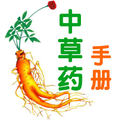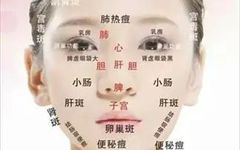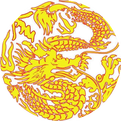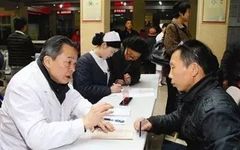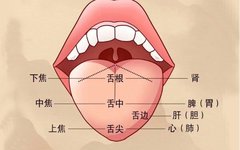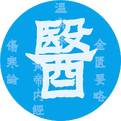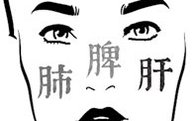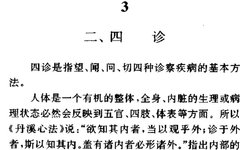Understanding TCM Observation Diagnosis: A Guide for Everyone
Click on the top“Herbal Medicine Handbook”, then click“Follow” Learn to identify Chinese herbs and gain comprehensive knowledge about them. 1. Eyes 1. Symptoms around the eyes Swollen eyelids indicate reduced function of internal organs (kidneys, gastrointestinal tract, heart) leading to fluid retention in the body. Wrinkles below the eyes are a sign of aging. Sunken … Read more

